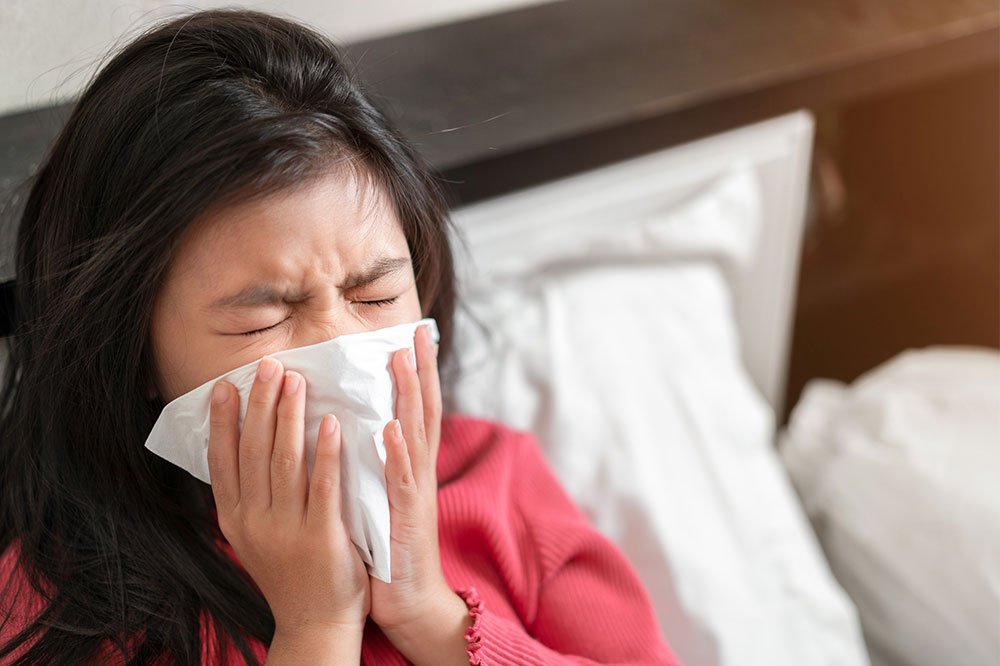Comprehensive Guide to Cold and Flu: Key Facts for Better Health
This comprehensive article offers in-depth insights into cold and flu, highlighting their causes, symptoms, treatments, and preventative measures. It emphasizes the importance of hygiene, vaccination, and early medical intervention to maintain good respiratory health. Ideal for those seeking practical health advice, this guide helps readers differentiate between cold and flu symptoms, ensuring better management and prevention strategies during peak seasons.

Comprehensive Guide to Cold and Flu: Key Facts for Better Health
The common cold and influenza are two of the most prevalent respiratory illnesses that impact millions of people worldwide each year. While they share similar symptoms, understanding their differences, causes, prevention methods, and treatments is essential for maintaining good health. This detailed guide explores everything you need to know about colds and the flu, including their symptoms, transmission, prevention strategies, and the importance of timely medical intervention.
The common cold is an illness that’s remarkably widespread and highly contagious, often leading to discomfort but rarely resulting in severe health issues. Despite having a robust immune system, most individuals experience at least one cold each year. The symptoms typically last about one to two weeks and are manageable with over-the-counter (OTC) medications. The primary culprit behind most colds is the rhinovirus, a highly contagious virus that spreads easily among people. Allergies and other environmental factors can cause symptoms similar to colds, complicating diagnosis.
Colds can occur anytime throughout the year but are more common during certain seasons when people tend to be indoors more, facilitating the spread of viruses. The transmission primarily occurs through respiratory droplets expelled when an infected person sneezes or coughs, making hand hygiene and respiratory etiquette essential in prevention.
Understanding the Flu
The flu, or influenza, is caused by the influenza virus and shares many symptoms with the common cold. However, influenza can lead to more severe health complications, especially if not treated promptly. The flu tends to peak during the fall and winter months, a period often referred to as the flu season. Certain vulnerable groups, such as young children, older adults, pregnant women, and individuals with chronic health conditions, are at higher risk for complications and should take extra precautions.
Recognizing Symptoms
Common cold symptoms include sore or sore-stuffed throat, frequent sneezing, coughing, mild fatigue, and general weakness. The flu manifests with similar symptoms but is often accompanied by a high fever, severe headaches, chills, muscle aches, and sometimes nausea, vomiting, or diarrhea. Notably, the flu's rapid onset and severe symptoms distinguish it from a common cold.
Effective Treatments and When to Seek Help
Most cold symptoms can be alleviated with OTC remedies such as pain relievers, decongestants, and cough suppressants. Staying well-hydrated, resting adequately, and maintaining proper hygiene help speed recovery. It’s advisable to consult a healthcare professional before taking any medication, especially if you have underlying health conditions. Getting an annual flu vaccine significantly reduces the risk of severe illness and hospitalization. If symptoms worsen or persist beyond a week, or if you experience difficulty breathing, chest pain, or high fever that doesn’t subside, seek immediate medical attention.
Preventive Measures
Prevention remains the most effective strategy against both colds and the flu. Regular handwashing with soap and water, use of alcohol-based hand sanitizers, and avoiding close contact with infected individuals are fundamental. During flu seasons, vaccination is highly recommended for all eligible individuals. Covering your mouth and nose with a tissue or elbow when coughing or sneezing helps prevent the spread of viruses. Maintaining overall good health through balanced nutrition, regular exercise, and adequate sleep can bolster your immune system against infections. For allergy sufferers, conducting allergy testing and avoiding specific triggers can reduce confusion between allergy symptoms and illnesses.
Understanding the differences and similarities between cold and flu, along with implementing effective prevention strategies, can significantly reduce your risk of falling ill. Staying informed about symptoms and seeking medical advice when necessary ensures appropriate care and swift recovery. Remember, timely vaccination and good hygiene are your best defenses against these common yet impactful illnesses.





